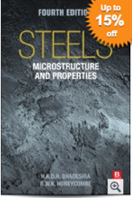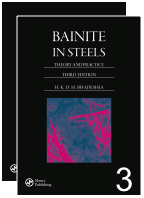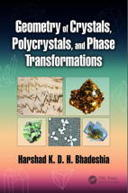
4th edition, 2017

Free download

Free download

The corrosion resistance of a variety of tempered states of two low-alloy steels, the novel HT10 (martensitic) and ASTM A182 F22 (bainitic), were evaluated in CO2-saturated brine (T = 60°C, pH = 5.4, Ptotal = 1 atm) using electrochemical methods. Coincident with a drop in steel hardness, due to a decrease in dislocation density and the precipitation of alloy carbides, tempering the steels also leads to a diminution in uniform corrosion rates. This decrease is notable, particularly after tempering at higher temperature for longer holding time. For HT10, we discuss that tempering-induced changes to the microstructure contribute to decreasing the CO2 corrosion cathodic reaction kinetics, and thus the general corrosion rate.
Corrosion Science 154 (2019) 36-48.
|
|
 4th edition, 2017 |
 Free download |
 Free download |
| PT Group Home | Materials Algorithms |